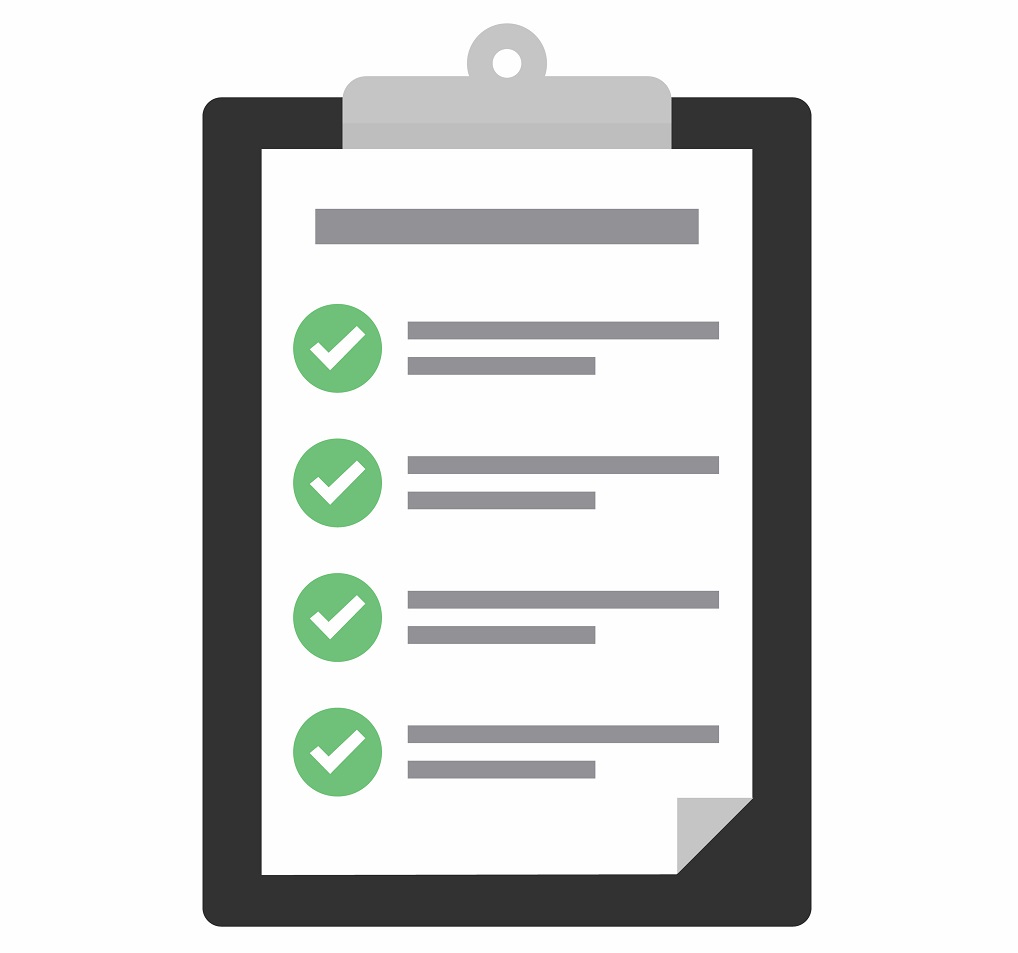Cardiac surgery patients will undergo some level of preparatory testing before their surgery, even if it is an emergency. One of my jobs as a cardiac surgery nurse practitioner is to make sure every stone is turned before proceeding to surgery for the best possible outcome. Here are some of the most common things that cardiothoracic surgery teams will look into before surgery and how we use these to optimize the patient’s care, or in some cases, decide surgery is not the best course of action.

Coronary Angiogram
As you might imagine, the most common precursor examination for a coronary artery bypass grafting consultation is the coronary angiogram. Common reasons cardiothoracic surgery is consulted includes evidence of three vessel coronary artery disease, left main coronary artery disease, two or more vessel coronary artery disease in patients with diabetes, and any patient not amenable to percutaneous coronary intervention (PCI), also known as stenting. Patients are also consulted with coronary artery disease that is recurrent or has in-stent restenosis after PCI or those who are considered high risk for non-compliance with antiplatelet agents required for drug eluting stents.
Echocardiogram
Second to the coronary angiogram, the transthoracic (2D) echocardiogram is likely the most important test done before surgery. The 2D echo shows the ejection fraction, any evidence of hypertrophy, diastolic dysfunction, and any valve, aorta, or wall motion abnormalities. This exam provides a basis of evaluation of the functional capacity of the heart to act as a pump. This may be done with stress or without stressing agents (treadmill, lexiscan, dobutamine, etc). Abnormal findings in this exam may include common valve dysfunction such as aortic stenosis, mitral regurgitation, or left ventricular dysfunction. This may require the surgery to include additional procedures like valve repair or replacement, aortic aneurysm repair, or additional devices such as an intra-aortic balloon pump or ventricular assist devices to safely wean a sicker heart from cardiopulmonary bypass.
Carotid Ultrasound
Doppler imaging of the carotid arteries are commonly done to identify any plaque or flow-limiting carotid artery disease, but also to identify asymptomatic obstruction and risk for stroke during the procedure. Each common carotid artery feeds up to the internal carotid artery and the subclavian arteries give rise to the vertebral arteries which provide a total of four unique arteries to the brain which may communicate if the patient has an intact Circle of Willis. Many times we find patients with cardiac atherosclerosis also have carotid and aortic atherosclerosis and at times may have subclavian artery stenosis which may impact the surgeon’s ability to use the left internal mammary artery (LIMA) without first fixing the stenosis or using the LIMA as a free graft.
Bloodwork
There are many labs that will be tested, most certainly to include blood type in the event of needing a transfusion, complete blood count (CBC), complete metabolic profile (CMP) to evaluate electrolyte and function of the kidney and liver. Thyroid function testing (TSH) is commonly done to evaluate for thyroid dysfunction. Coagulation labs such as prothrombin time (PT) and partial thromboplastin time (PTT) and cold agglutinins are commonly done to evaluate for bleeding coagulopathies. Urinalysis (UA) to rule out and urine culture (UC) if urinalysis is positive will also be performed to evaluate for urinary tract infection. Hemoglobin A1C is commonly used to evaluate the presence and severity of diabetes mellitus.
While these each represent a commonly performed test, each may potentially require additional testing if abnormalities are found and given the complexity of heart surgery.
Pulmonary Function Testing
It may seem obvious, but if your lungs don’t work well, it will be hard to get off the ventilator after a big cardiac surgery. Smoking history is a common element in cardiac surgery since the inflammatory effects of smoking ravage the cardiovascular system, but also elements such as obesity, recent pneumonia, asthma, or COPD may have a considerable impact on the risk of respiratory complications. The pulmonary function test (PFT) is a very useful tool to evaluate the ability for the lungs to expel air and identify severity of lung disease. This is particularly valuable with lung surgeries such as lobectomies and wedge resections.
Frailty Assessment
This may be done with multiple different mechanisms. The 5-meter walk test where the patient literally walks 5 meters while timed, or the iliopsoas muscle thickness analysis can be used to determine the functional state of the patient. The review of systems in the examination may also include discussion about how the patient mobilizes and the need for assistive devices. These all play into the ability for the patient to bear weight successfully without using upper body mechanics that may harm sternal wound healing after surgery.
Current Medications
If there is one element of the workup that can delay a surgery, it is the presence of anticoagulant or antiplatelet agents in the system. Levels such as the P2Y12 activity can be drawn to evaluate for the level of platelet inhibition from drugs such as clopidogrel, ticagrelor, and prasugrel. Prothrombin Time/INR can be drawn to evaluate for warfarin activity on inhibiting vitamin K levels and consequent inhibition of clotting factors.
Direct oral anticoagulants like rivaroxaban, apixaban, and edoxaban, and dabigatran will not routinely be checked since their effects on clotting labs are erratic at best and time from the last known dose remains the most effective way to guarantee good clearance at 4-5 half lives (4-5 days in most cases at minimum). Presence of high-dose steroids, disease modifying antirheumatic drugs (DMARDs), and anti-autoimmune drugs like monoclonal antibody agents for rheumatoid arthritis may have a considerable impact on healing on the surgical incision.
STS Risk Calculation
When all the necessary exams are performed, including others such as the 12 lead EKG, vein mapping, viability studies, specialty consults and clearances, the patient’s unique information will likely be placed into a statistical database to create an individual risk score. The Society of Thoracic Surgeon’s (STS) Adult Cardiac Surgery Database is commonly used to develop a predictive risk score for 30 day risk of mortality, renal failure, permanent stroke, prolonged ventilation, deep sternal wound infection, reoperation, morbidity or mortality, short and long length of stay. Scores from this calculation will routinely determine if a patient is able to safely undergo surgery, with scores 0-3% representing low surgical risk, 3-7% moderate risk, 7-10% high risk, and over 10% in most cases, surgically prohibitive. Whenever possible, things that statistically reduce risks will be performed to help aid in a best-case outcome.
With cardiac surgery when every surgery is a big surgery, every complication is a big complication. Hopefully this provides a useful walk through the mind of a cardiovascular surgery nurse practitioner. If my job is one thing, it’s to make sure the patient is safe to go through a big operation without having complications. And if you ever have your patient turned down for surgery, now you just might know why.
If you want to learn more about the medical issues that we commonly deal with in the workup such as hypertension, diabetes, atrial fibrillation, heart failure and more, check out all our awesome courses that we cover on our online CE portal!



